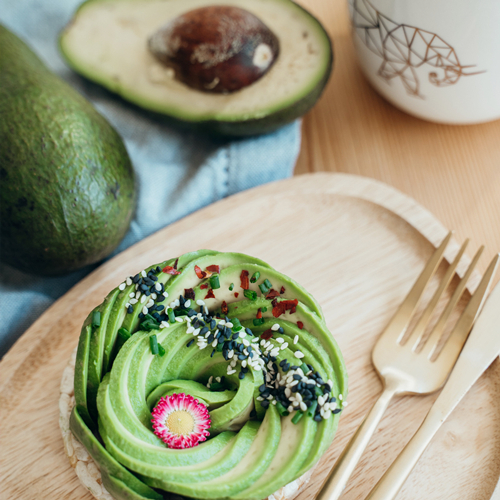8 Ways to Help Your Kids Eat Health
It’s never too early or too late to adopt a healthier lifestyle – and the kitchen is an excellent place to start! Whether you’ve got an adventurous eater or finicky feeder, kids can learn to love (or at least accept) nutritious foods. Almost every tot goes through a picky stage, making mealtime a lot more stressful and discouraging than it has to be. We’ve got a few tips that, with practice, can help your kid come around!
Here are 8 ways to help your kids eat health:
Teach Them
The more we learn about food and where it comes from, the more respect we’ll have for it (and it might even turn your reluctant eater into a full-fledged foodie!). For some edible education consider planting a garden, growing herbs indoors, or joining a community garden. And when spring and summer roll around, visit your nearby farmer’s market as a way to learn about local food, seasonal produce, and different types of fruits and veggies.
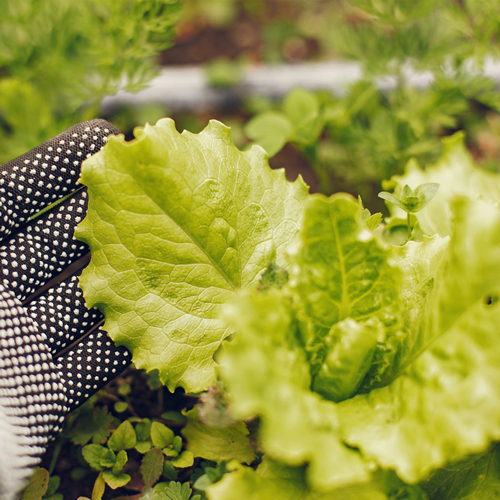
Cook Together
Make some memories in the kitchen! Kids love to “help” and mimic their caregivers, so let your wee one participate. Older kids can tear lettuce for salad, mash bananas for banana bread, or stir ingredients together in a bowl. Even babies like to be a part of the action, so pull their highchair up to the counter for a front row view. Let them smell, touch, and (if age appropriate) taste whatever you’re cooking up. And on days you can’t involve them, give your kids wooden spoons, pots, and pans to play with.

Set an Example
Demonstrate a healthy attitude and relationship with food so eating fruits and veggies feels “normal.” When mealtime comes around, enjoy the food on your plate, pause between bites, chat with your dining companions, and involve your kid. Pull their highchair up to the table and let them eat what you’re eating (with necessary modifications, of course!). Note: If your family normally scarfs down their food, eats standing up, or looks at their electronics during the meal, now’s a great time to brush up on your table manners. Your little one is watching everything!

Give Them Choices
Make ‘em think they’re in charge. Let your kid choose between 2 or 3 healthy options, so they have some autonomy over what goes in their mouth. And no matter what option they choose, enjoy it with them for some positive eating reinforcement. If you’ve got a particularly anxious eater on your hands, go over the weekly meal plan together and let them help you decide what’s on the menu. Afterwards, head to the grocery store together to buy your ingredients. Ownership in the process = more buy in!
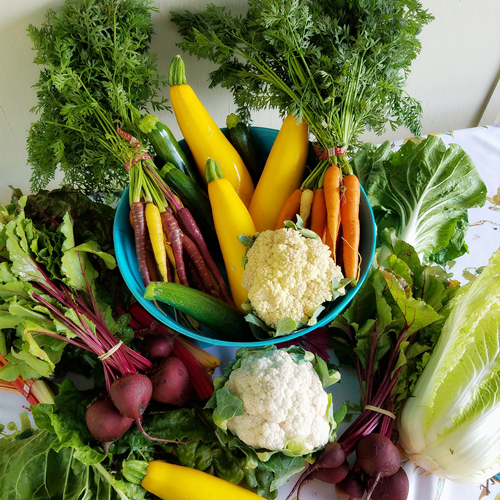
Get Points For Presentation
It’s been said that people “eat with their eyes first.” This is especially true of toddlers! Here are few ways to jazz things up:
Make a smiley face out of whatever’s on their plate! Add dip whenever possible, because kids just love it! Healthy, homemade dips (like honey mustard or yogurt and dill dip) are super easy to whip up and keep on hand.
Make a smiley face out of whatever’s on their plate! Add dip whenever possible, because kids just love it! Healthy, homemade dips (like honey mustard or yogurt and dill dip) are super easy to whip up and keep on hand.
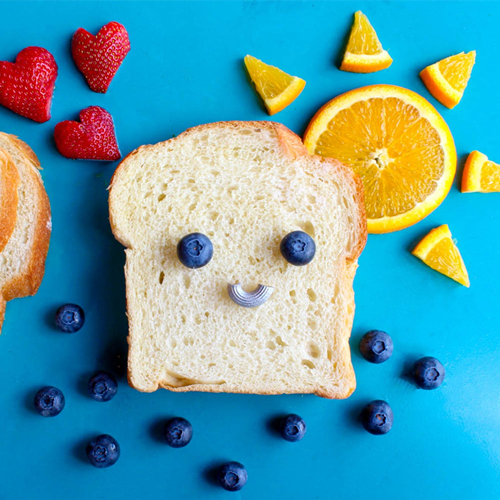
Be Predictable
Just like a bedtime routine, kids do best with a cuisine routine, too. Keep mealtime and snack time predictable so your kid always knows the drill. Try offering a veggie and fruit each time they sit down at the highchair or table.
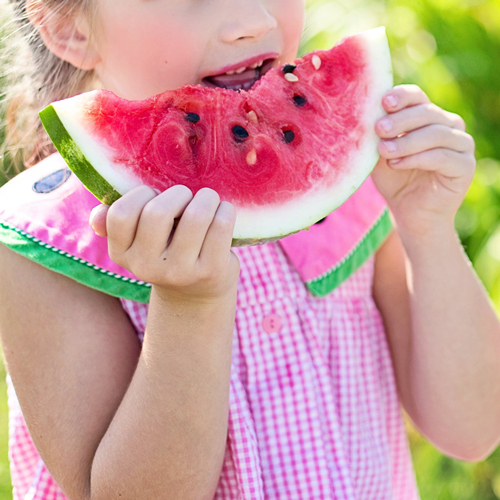
Be Sneaky
You’ve been hyper aware of what’s gone in your baby’s belly since day one – so you know when your wee one is way overdue for something green. Luckily, there are tons of ways to disguise veggies in any dish. Add chopped spinach, carrots, or celery to pasta sauce. Make a “rainbow pizza” with diced up peppers, broccoli, and basil. Include greens in your morning smoothie. Add fruits to a batch of homemade popsicles. Bake some zucchini muffins.

Try, Try Again
Teaching kids to eat (and enjoy) healthy foods is a process. Remember: If your little one turns up their nose at avocado one day, it doesn’t mean they’ll refuse it next time – keep offering and exposing them to it at different times and in various forms. In other words, don’t give up! Stay consistent and patient as your baby’s taste buds and preferences grow and develop.
